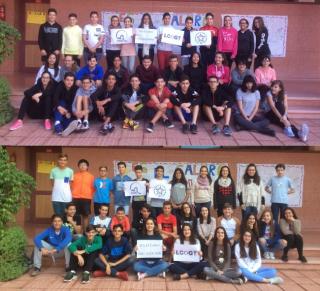
This innovative educational project, whose name gives a nod to the Canarian municipality of Tïas, is a pilot experiment for the 2nd year of primary education in which scientists from the Instituto de Astrofísica de Canarias and the University of La Laguna are collaborating.
Advertised on




